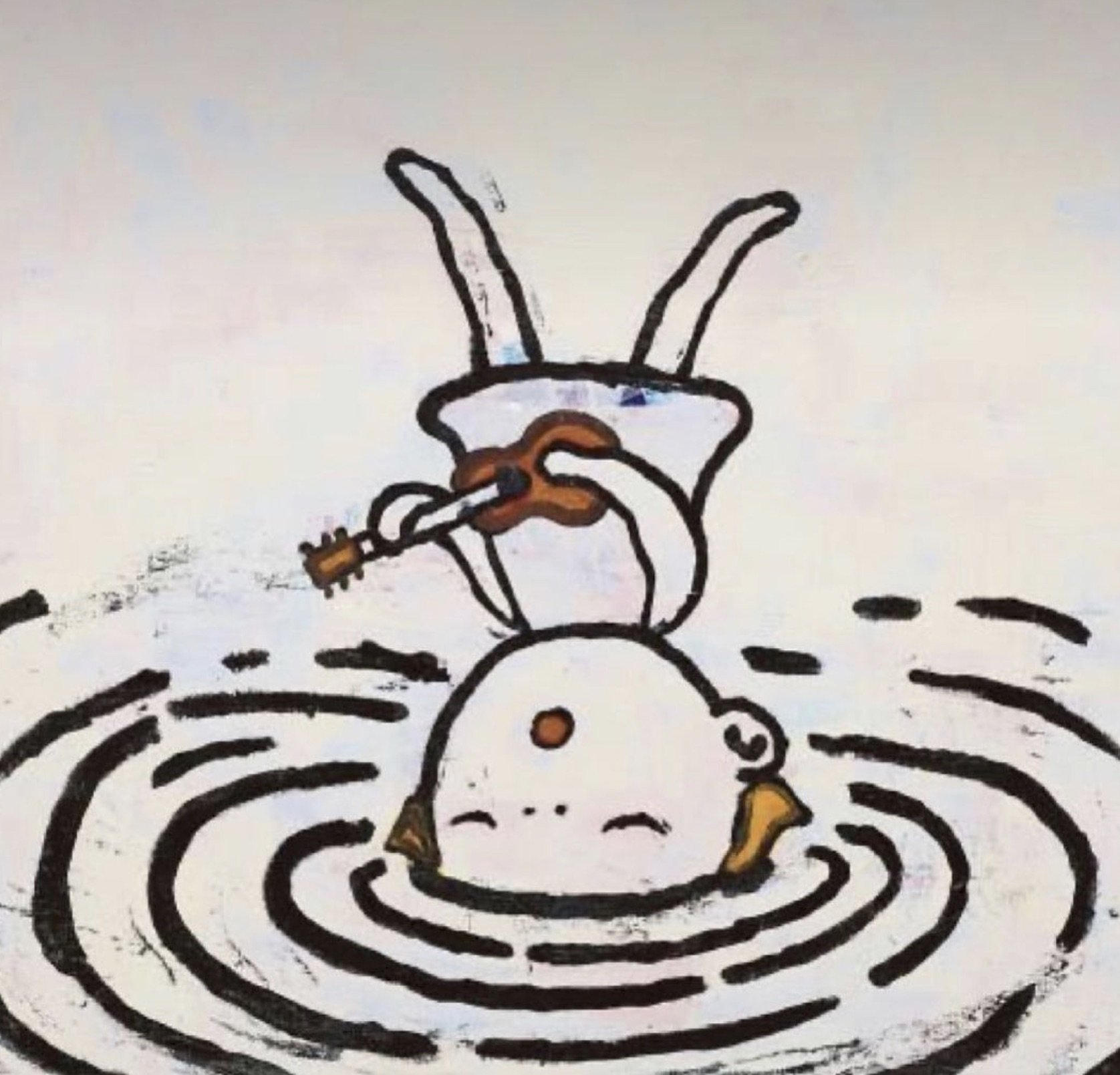There’s something absurd, joyous and uplifting about Saudi artist Manal AlDowayan’s temporary landscape installation Now You See Me, Now You Don’t (2020). Situated in the desert of Al-Ula, Saudi Arabia, for the Desert X festival, it’s basically a series of 12 trampolines dug into the ground where people could lie on them, jump on them—have fun. Yet the installation is a serious dialogue with the environment, its desertification and the impending water crisis the country faces with the prediction it only has 13 more years of groundwater reserves left. The trampolines represent puddles of water, an incongruous sight in the middle of a desert, more akin to an oasis. AlDowayan says this about the installation:
"Puddles are humble, beautiful things, and they used to have a longer life on Earth. Al Ula was founded because it had plentiful springs, it was this oasis in the desert, but as the climate changed these local communities had to start tapping into the underground reserves, so even when it does rain, puddles disappear almost instantly."
And, “In the evening they become Moon Circles through a series of lighting techniques used to create this effect. They are activated by people interacting with them, and through the body and this experience we may reflect on the environment this artwork has been placed in.”


















